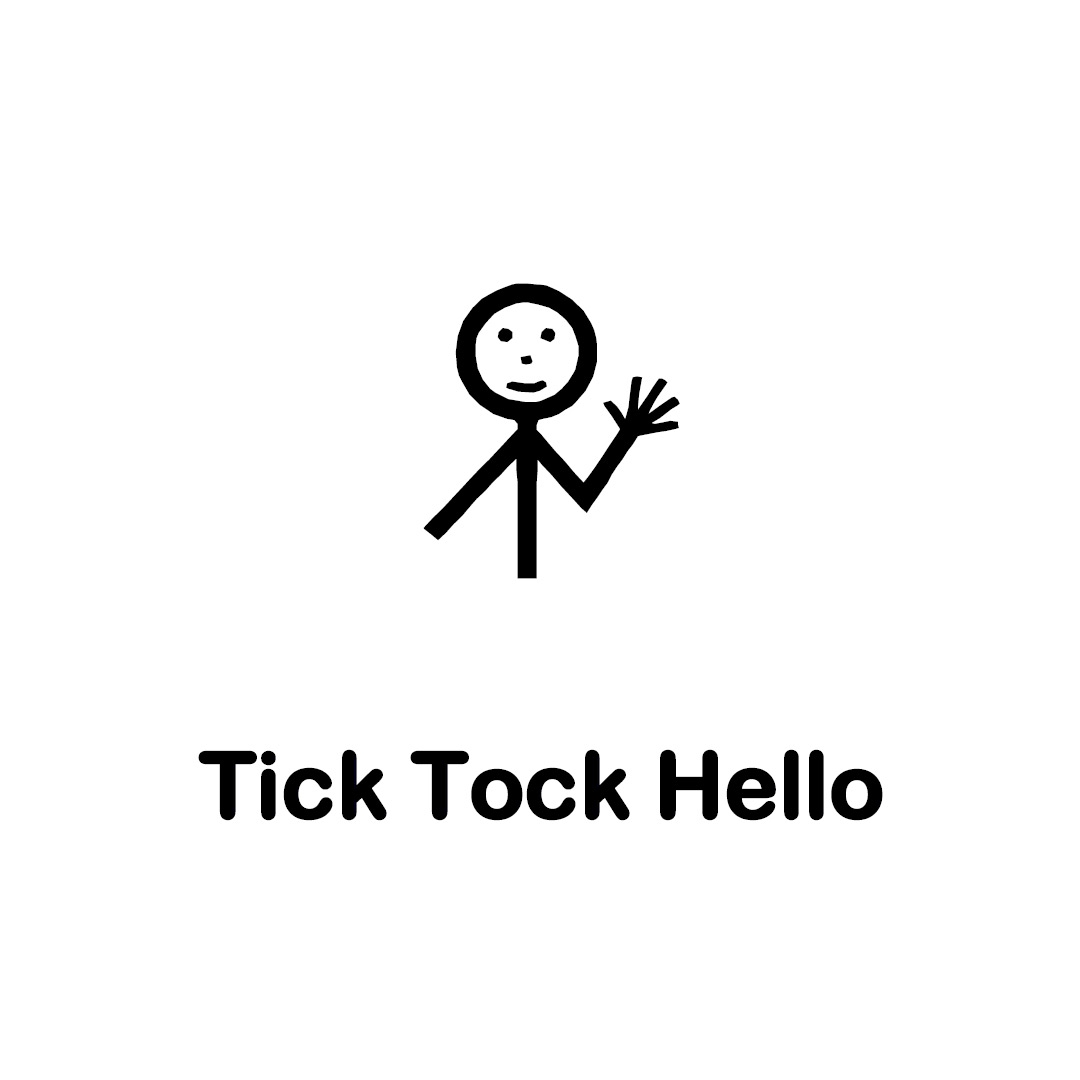
The other option is to get the tick value of any TradingView instrument. For Crude Oil (CL) futures it shows a tick size of $10: Tick value of any instrument When we switch the chart to a different instrument, the label’s changes too. For the EuroStoxx 50 index future, that’s 5 euros: When we add this indicator to the chart, it shows the instrument’s tick size. That makes it compatible with the other string pieces.
Because that function returns a number, we convert it to text with the str.tostring() function. Then a literal string followed by the instrument’s currency ( syminfo.currency).įinally we include the instrument’s tick value by calling the GetTickValue() function. First there’s the instrument’s symbol ( syminfo.ticker). The label’s text consists of several strings joined with the + operator. It points left ( label.style_label_left) and has a black ( color.black) background with white ( color.white) letters. That label appears at the close ( close) and one bar to the right ( bar_index + 1). When the script gets to that bar, it makes a new text label with the label.new() function. Then we include the custom GetTickValue() function we discussed above.Īfter that an if statement checks the barstate.islastconfirmedhistory variable, which is true on the chart’s last historical bar. That names the script and overlays it on the chart’s instrument. The indicator first configures its settings with the indicator() function. Text = syminfo.ticker + " has a tick value of:\n" + syminfo.currency + " " + str.tostring(GetTickValue())) GetTickValue() = > syminfo.mintick * syminfo.pointvalue // On the last historical bar, make a label to display the // instrument's tick value if barstate.islastconfirmedhistory label.new(x = bar_index + 1, y = close, style = label.style_label_left ,Ĭolor = color.black, textcolor = color.white, size = size.large , GetTickValue() returns the currency value of the instrument's // smallest possible price movement. This is how we use the custom GetTickValue() function in a complete TradingView script: indicator(title = "Tick value of instrument", overlay = true) Also possible: store the tick value in a variable for use laterįor an idea, the table below shows the calculated tick value for various TradingView instruments: Instrument and symbol For example: // Calculate how many ticks are needed to reach a // profit target of 125 currency, rounded up with // ceil() so we hit the desired currency target

To use the function, we simply call it wherever we want to use the instrument’s tick value.

The result is the currency value for one tick of price movement.
#TICK TOCK SYMBOL FULL#
The GetTickValue() function multiplies the instrument’s tick size ( syminfo.mintick) with the currency value for a full point of price movement, which we get with the syminfo.pointvalue variable. GetTickValue() = > syminfo.mintick * syminfo.pointvalue This custom function calculates the tick value of the chart’s instrument: // GetTickValue() returns the currency value of the instrument's // smallest possible price movement. When we multiply those two together, we get the instrument’s tick value.

There are two ways to get an instrument’s tick value in Pine Script. The tick value is different from the tick size, which is the smallest possible price change for an instrument (so without a currency component). When the price of an instrument fluctuates, our profit/loss always changes by at least the tick value. In trading, the tick value is the currency amount of an instrument’s smallest possible price change.


 0 kommentar(er)
0 kommentar(er)
